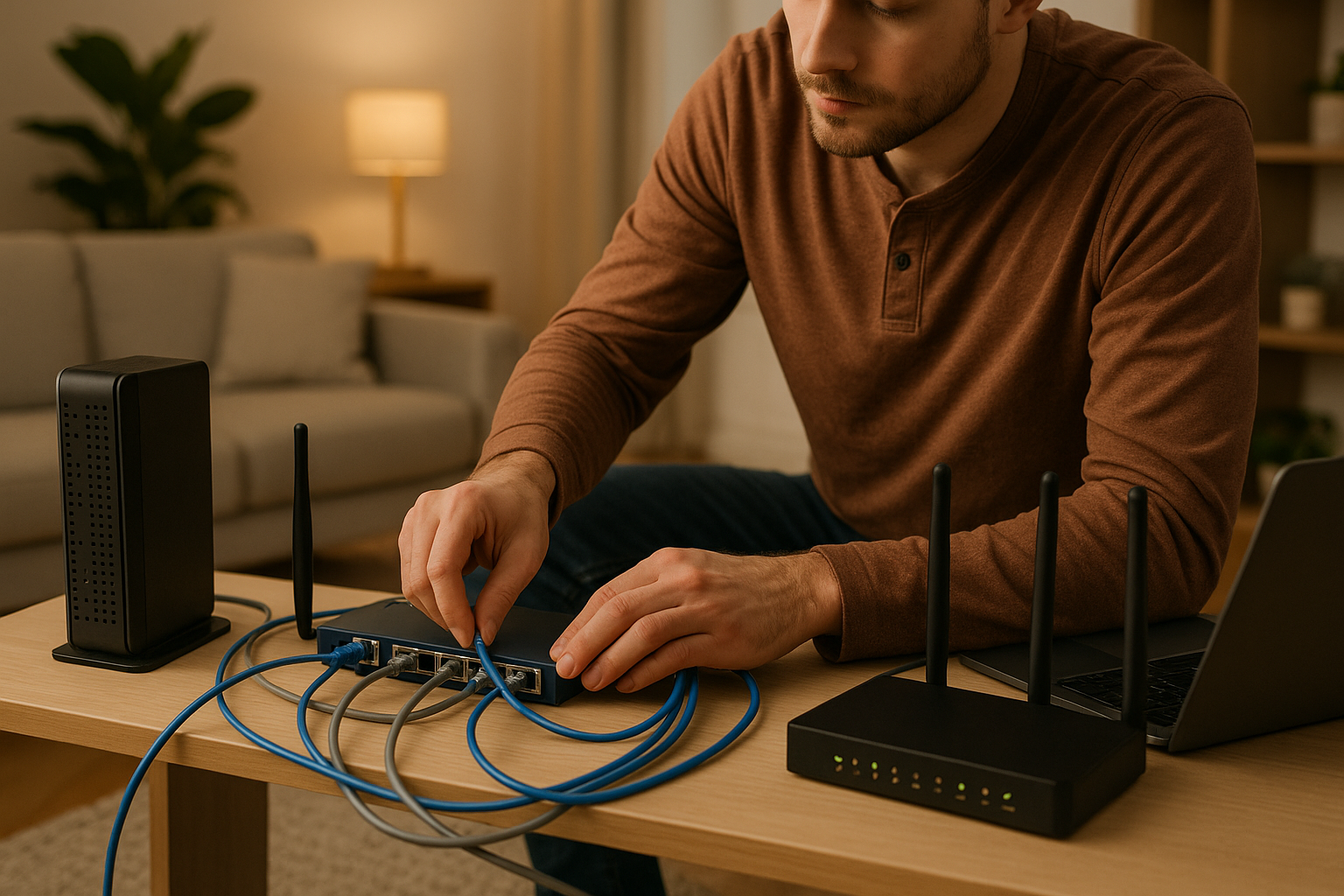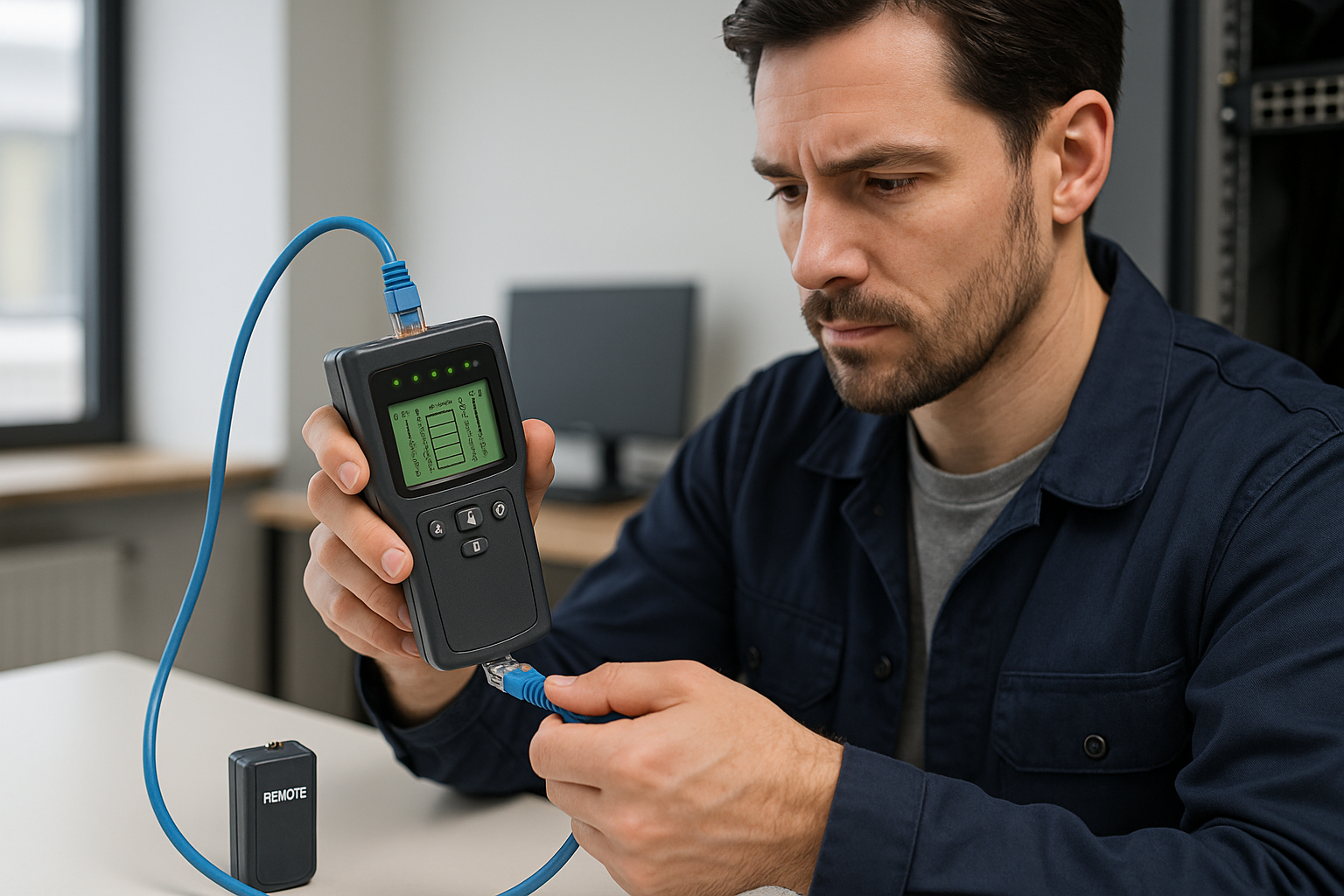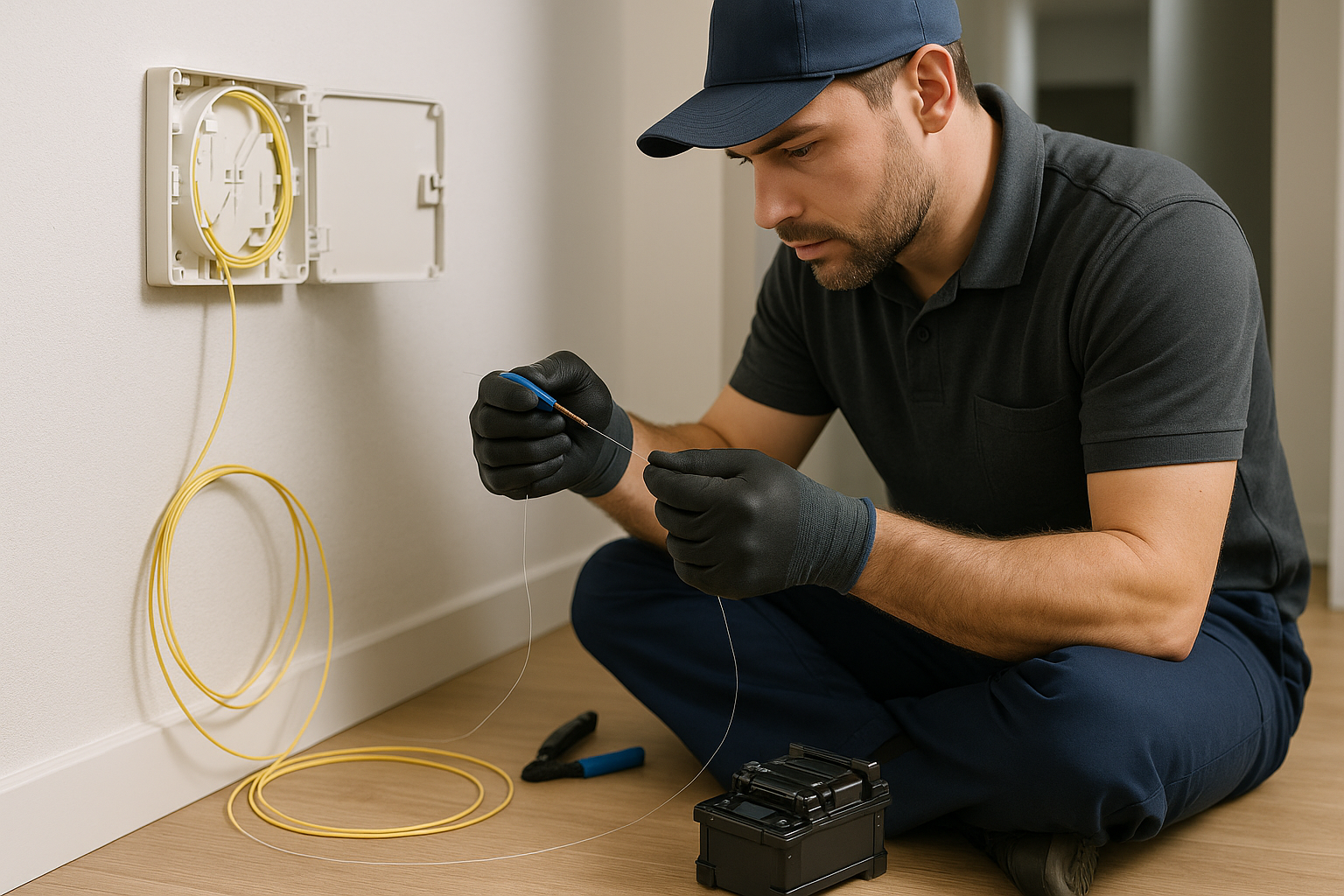What is the difference between Cat5 and Cat6?
- , by Hannibal Tor Nielsen
- 3 min reading time

A network consists of different systems that are linked together and can exchange data with each other. At large internet providers and hosting companies, this exchange of data is done using light. The system used for this is called optical telecommunications, better known as fiber optic. The advantage of fiber optic is that there is theoretically no limit on the bandwidth and speed of the data stream. A lot of data can be communicated internally very quickly. The only bottleneck in this system is the equipment that needs to send the data: the routers and switches.
Products related to this item:
[button] Buy Cat6 cables [/button][button] Buy Cat5e cables [/button]
A network consists of different systems that are linked to each other and can exchange data with each other. At large internet providers and hosting companies, this exchange of data is done by means of light. The system that is used for this is called optical telecommunication, better known as glass fiber. The advantage of glass fiber is that there is theoretically no limit on the bandwidth and speed of the data stream. A lot of data can be communicated internally and very quickly. The only bottleneck in this system is the equipment that has to send the data; the routers and switches.
Cat5 vs Cat6
The use of fiber optic in a home is actually unnecessary. For example, if you have a media server connected to your television and want to stream an 8K resolution film on it, the required speed is 'only' 100 Mbit/s. While a copper Cat5 cable can achieve a speed of 100 Mbit/s. For this reason, and the relatively high purchase costs of fiber optic , a Cat5 or Cat6 cable is often used in homes. The big difference between Cat5 and Cat6 cables is the speed and the amount of data that can be sent. Cat6 also has a higher bandwidth compared to Cat5. You can compare this to a water pipe: if you have a wide water pipe, more water can flow through it compared to a narrower water pipe.
Example of speed Cat5 vs Cat6 cable
A good practical example of this is when you want to back up your photos. For example, the photos you want to back up have a total size of 10GB (10,000MB).
Imagine you have a computer connected to a NAS, where you want to place the backup. The bottleneck in this situation is the UTP Cat5 or Cat6 cables and not the switches. To calculate this, the difference in Bit and Byte must first be calculated. Data communication is always indicated in bits and storage in bytes, where one byte is equal to eight bits.
Situation 1: Making a backup with a Cat5 cable
The computer is connected to the NAS with a Cat5 cable.
The speed of a Cat5 cable is 100 Mbps.
10,000MB(byte) is 80,000 Mb(bit). 80,000/100= 800 seconds.
The time required to make a backup, with a total size of 10GB, will be 800 seconds with a Cat5 cable.
Situation 2: Making a backup with a Cat6 cable
The computer is connected to the NAS with a Cat6 cable.
The speed of a Cat6 cable is 1000 Mbps.
10,000MB(byte) is 80,000 Mb(bit). 80,000/1000= 80 seconds.
The time required to make a backup, with a total size of 10GB, will be 80 seconds with a Cat6 cable.
As can be seen from the above example, when making the backup, a Cat6 network cable is ten times faster than a Cat5 network cable .
[button] Buy a Cat6 cable [/button]
[button] Buy a Cat5 cable [/button]
Also interesting to read:
Difference cat6, cat6a and cat7
Tags
Check out our other blogs
-

, by Jarno Heideman How do you easily set up a home network yourself?
-

, by Jarno Heideman What are the color codes of UTP cables and how do you use them correctly?
-

, by Jarno Heideman How do you test a UTP cable without making mistakes?
-

, by Jarno Heideman How do you connect fiber optic yourself without any hassle at home?





